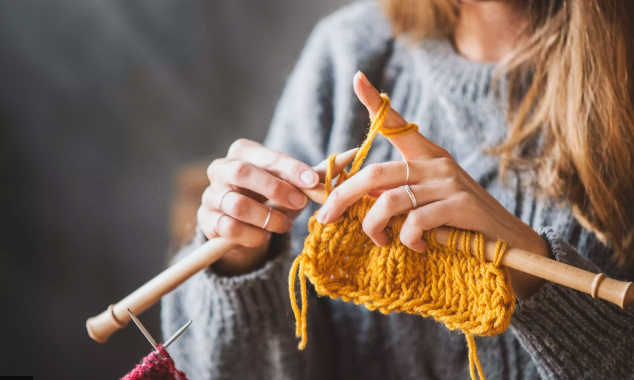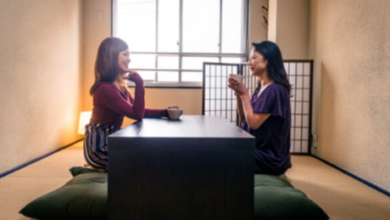
Circular Needles: Tools for Stress-Free Knitting
Circular knitting needles are some of the most versatile tools on the planet. For many knitters, it is their everyday needles while others are still thinking of making the change. There is simply nothing that cannot be knitted with two needles and a cord, from sweaters to cardigans, flat and round items, large objects, such as blankets or rugs, and tiny objects like baby garments or even doll clothes. They give you the freedom and flexibility to create anything that comes to your mind.
Knitting with circular knitting needles has many benefits. Let’s take a look at a few.
- Size – When we say size, we just don’t mean the size of the circular needles but the size of the projects. While the size of the circular needles is beneficial as they are compact, the tips face away from your body, there is no chance of an accident. Also, you can easily carry the needles to knit on the commute. Along with their own compact size, the needles can handle anything from the smallest to the largest item with the right cable length. Even better for interchangeable circular needles is that if yet more length is required, go for cord connectors and join cables for extra length.
- Weight – Big-sized knitting projects, whether large in length or width are also heavy. Knitting heavy weight projects with circular needles reduces the strain on your arms and wrists because your project lies on the cord and not on the needles that you hold. In fact, even it’s not heavy, it is comfortable to have weight off the needles and hands.
- Moving and Storage – Many knitters, love to keep their hands busy while traveling, on the daily commute, or even while chatting with their friends and family. With circular needles, it is easy to carry on with knitting, no matter the dimensions of the project. Also, as the needles are more compact; you can knit with smaller motions, so you won’t bother anyone who might be near you as you travel.
- No accidents – Again the compact shape comes to aid. You avoid accidents of accidentally poking yourself or anybody else. You also can’t lose one tip or drop to have it roll away solving many hassles.
With these benefits of circular needles, they become the choice for knitters for all their projects. While circular needles were invented with the purpose of knitting in the round, using the needles does not need to be limited, you can use them for knitting back and forth.
Knitting in the Round with Circular Needles
For round knitting, circular needles have perhaps proven to be the best choice. You simply have to cast on stitches and join the round. While for small-circumference projects the rule is that the knitting needles should be smaller than the diameter of the project. Say for a 20-inch hat, use a 16″ circular needle and then follow the regular steps of knitting.
Knitting back and forth on circular needles is just the same as working with straight needles. Once you’ve worked on all stitches of one needle tip, you turn your work and start again. After you’ve used your circulars for a few flat projects, you’ll probably find yourself reaching for them for all projects.
And, why not there are only a few steps.
Step 1: Cast on
Casting on circular needles is no different from casting on straight needles. You can use whatever cast-on method you prefer.
Cast the desired number of stitches for your project on the appropriate size circular needle tip.
Move the stitches on the cable so that they are evenly distributed along the entire length of the needle. Make sure to not stretch them.
If you need to knit in the round, join the stitches together. A simple way to do this is simply cast an extra stitch and slip it to the other needle and tighten the yarn.
If it’s knitting back and forth, simply follow the instructions.
Step 2: Knitting
Hold the needle end with the stitches in your left hand and the empty end in your right.
Work across all your stitches.
To work the next row, turn the project. Switch the needle ends around so the working yarn is attached to the needle in your left hand.
If it’s round knitting, there is no need to do anything but simply knit as the pattern requires.
Step 3: Binding off
Binding off the knitted project is usually mentioned in the pattern if you follow one. If not, then work your stitches to the last row. To bind off your stitches, you need two stitches on the knitting needle.
Flat projects may not require anything special but when its round and you have very few stitches then switch to double-pointed needles.
Once you’ve discovered the joy of knitting with circular needles, you would like to own multiples of them. An interchangeable circular needle set will be a smart investment in your craft opening up a variety of prospects. One set will have multiple needle sizes, cable lengths and accessories.



